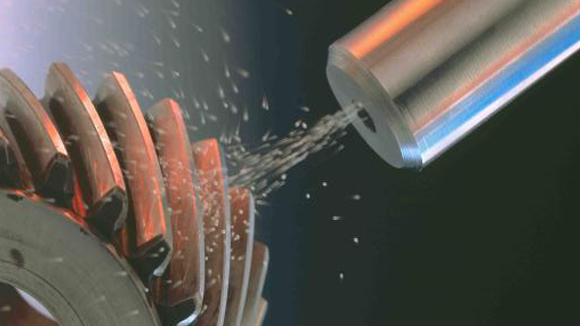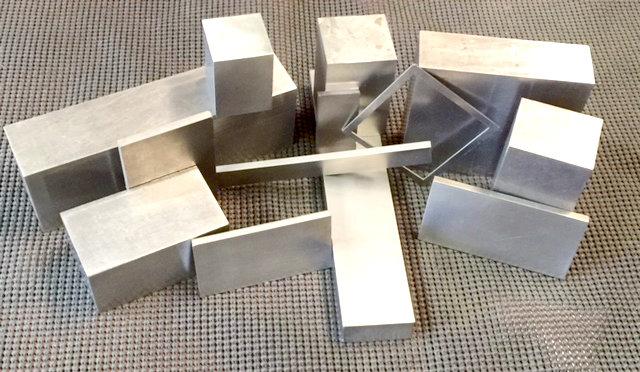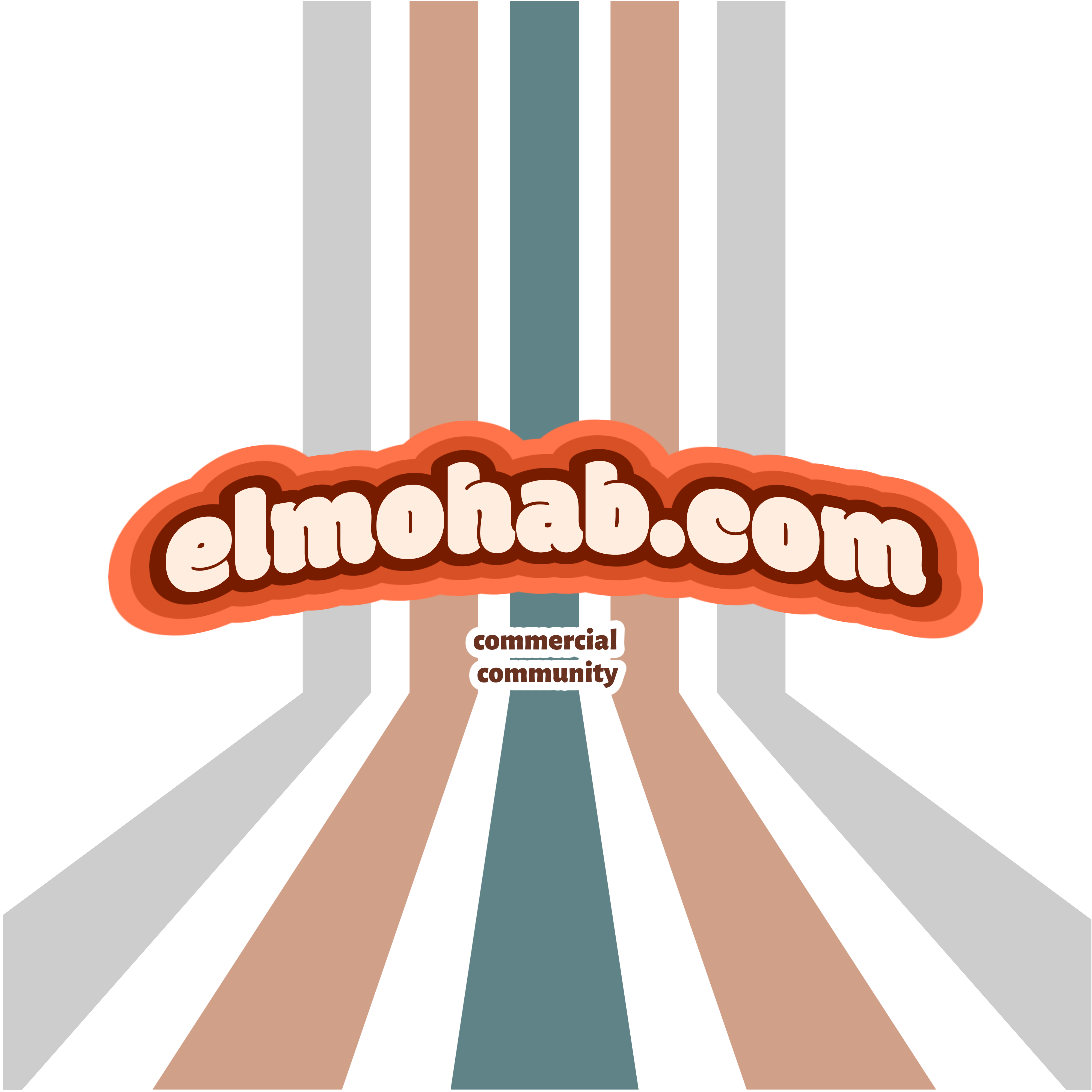During the process of assembling printed circuit boards (PCBs), one of the steps involved is called surface finishing. This is considered to be one of the most crucial steps. Unshielded circuit boards have a greater risk of oxidation, which can severely compromise the structural integrity of the boards. Surface finishes prevent copper from oxidizing and provide a surface that can be soldered for board components. Surface finishes are also known as plating. The surface finishes of circuit boards are also very important because they act as an interface between the boards and the components that they hold. As the demand for applications that are thin, lightweight, quick, and high-density increases, the solder finishes will make a significant difference in the outcome. PCB surface finishes can be selected from a wide range of options, ranging from those that are easy to apply and don't cost much to those that are difficult to manage or are more expensive but are used in the majority of more advanced applications. Would you be curious to learn more about them and what they are?
An Investigation into Five Distinct Types of Printed Circuit Board Surface Finish ServicesThe following are examples of some of the most common types of surface finishes for PCBs:
On printed circuit boards (PCBs), one of the surface finishing processes that is performed is called Hot Air Solder Level, or HASL for short. This process is one of the least expensive ones. In this surface finishing option, lead and tin are mixed together to create a protective covering that can then be applied to the circuit board. After being removed from the pot, the HASL boards are, in effect, dipped in molten solder before being placed back in the pot. Hot air bursts are utilized in the process of cleaning the surface of the board, with the goal of removing any excess lead or tin that might be there. When finishing the surface with HASL, it is necessary to take measurements of a number of different parameters. These parameters include welding temperature, air knife pressure, air knife air temperature, and dip soldering time. This surface finishing offers many benefits, including solderability, a long shelf life, excellent pad wetting and copper coverage, and a great deal of other advantages as well. In addition, this finishing offers a great deal of other advantages.
Electroless Nickel Immersion Gold, also known as ENIG, is a surface finishing treatment that is commonly used for printed circuit boards (PCBs). This treatment consists of two layers of metal. A procedure that is known as a displacement reaction is used to transfer nickel onto a layer of copper that was previously coated in gold atoms. This layer of copper was used as the substrate for the transfer. Gold provides protection against corrosion for nickel, while nickel acts as a barrier that prevents copper from passing through it. In addition to preventing corrosion of nickel, gold's contact resistance is low and consistent. Gold also protects nickel from the effects of corrosion. Because of the high yield it produces and the fact that it complies with RoHS standards, this approach to finishing the surface of PCBs is rapidly gaining a lot of traction as a surface finishing option. It is recommended that the thickness of the ENIG plating for electroless nickel be between 2.5 and 5.0, and that the thickness of the immersion gold layer be between 0.05 and 0.23 m.
Immersion Silver (IAg): Just like HASL and ENIG, immersion silver satisfies the requirements that have been established by RoHS. When it comes to finishing surfaces, this technique is one that is more economical than ENIG. This technique is chemically applied directly to the base metal of the circuit board using a process that is known as chemical displacement. Because immersion silver results in a reliable solder joint, the board is an excellent candidate for prototyping. This is because immersion silver produces a reliable solder joint. This technique is not only friendly to the natural world but also able to withstand an extensive number of reflows. This approach to surface finishing provides a number of benefits, including high solderability, excellent surface planarity, cost effectiveness, and suitability for aluminum wire bonding. Those are just a few of the many advantages.
Immersion Tin (ISn): Immersion tin is a more cost-effective alternative to immersion silver and ENIG. It also complies with RoHS standards. Through a process known as chemical displacement, this surface finish, which is very much like immersion silver, is directly applied to the base metal of the circuit board. This surface finish forms a flat copper-tin intermetallic compound, which indicates that it has good solderability and does not have problems with intermetallic diffusion or flatness. Additionally, this surface finish forms a flat copper-tin intermetallic compound. It is frequently selected for use in press-fit applications due to its convenience.
Organic Solderability Preservative (OSP): This method, which is more commonly known as an anti-tarnish surface finish, prevents the surface of the copper from becoming oxidized. The application of a protective layer of material that is very thin is done using a conveyorized method, and this makes it possible to achieve this goal. This surface finish utilizes a compound that is based in water and produces an organometallic layer as a means of shielding the copper that lies underneath it. The organometallic layer can be thought of as a protective barrier. The OSP process is a method of surface finishing that is both economical and environmentally friendly at the same time.
It is essential to select the appropriate surface finish for your PCB assembly by taking into consideration a variety of factors, such as the kinds of components that will be used, the production volume, the overall cost, and other related considerations. Have you given any thought to the supplies that you will need? When faced with issues of this nature, it is imperative that you consult with a reputable printed circuit board fabricator before settling on a course of action. Because of this, a design that is focused on performance while also being cost-effective is certain to have the ideal combination of surface finish and material. In addition to being a reputable PCB assembly company, Accelerated Assemblies is also a provider of PCB solutions that cover the entire process from start to finish. Accelerated Assemblies provides assistance to their clients in the process of selecting the appropriate surface finishing.
